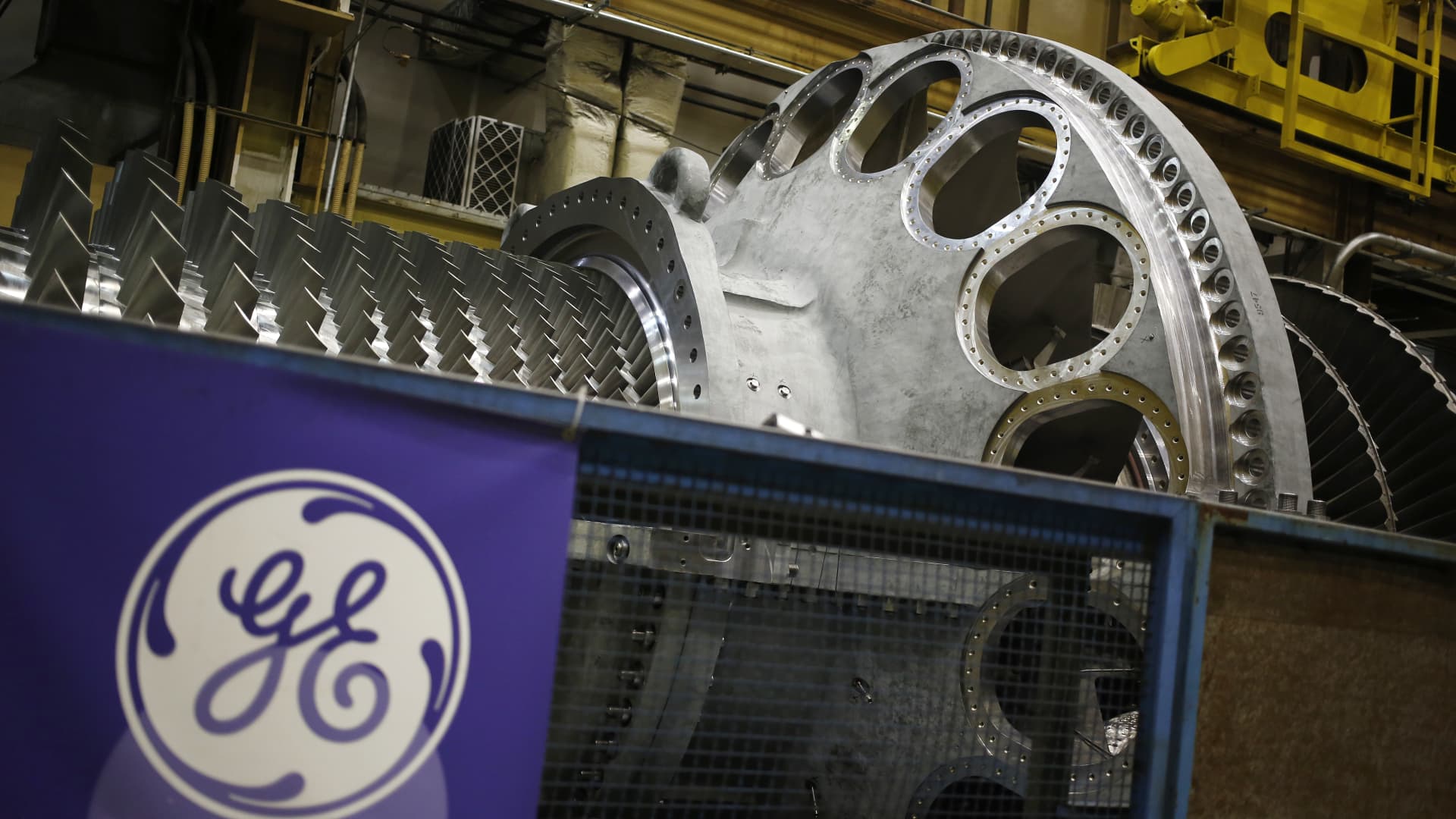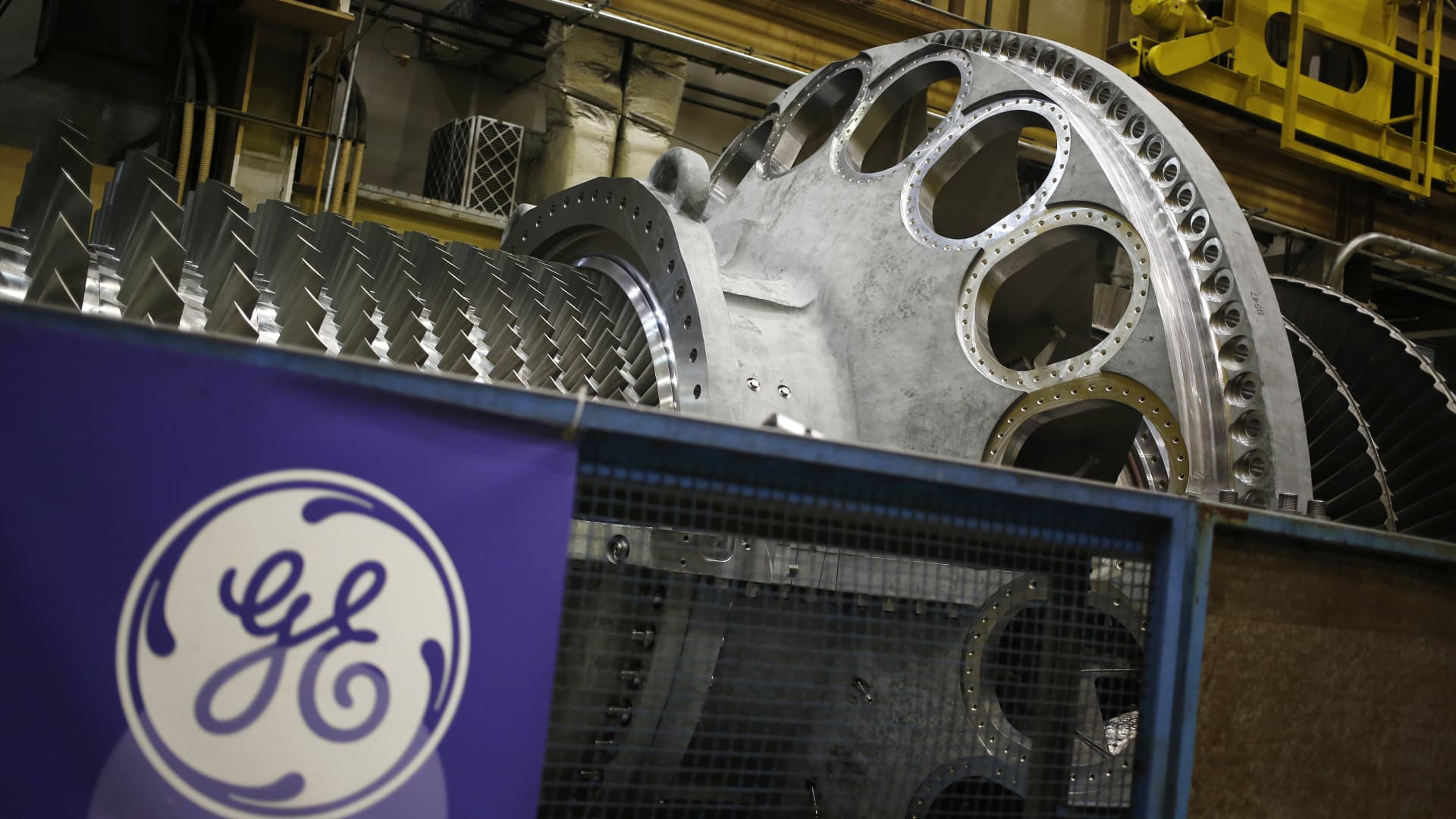Navigating the Crosscurrents: GE Vernova’s Path Through Downgrades and Toward Renewable Energy Leadership
The Storm Clouds Gather: Understanding the Downgrades
The recent credit rating downgrades from Moody’s and S&P have cast a shadow over GE Vernova’s horizon. These downgrades, primarily attributed to the company’s elevated debt levels post-spin-off from General Electric, have sparked conversations about financial stability and strategic direction. However, to dismiss GE Vernova’s prospects based solely on these ratings would be to overlook the nuanced dynamics at play.
Credit rating agencies serve as financial weather forecasters, offering their interpretations of a company’s ability to weather economic storms. Their assessments, while influential, are not infallible predictors of future performance. They represent snapshots in time, subject to change as new data emerges and strategic initiatives take effect. For GE Vernova, the downgrades reflect concerns about debt management in an industry characterized by cyclical demand and substantial capital requirements for renewable energy projects.
Charting a Course Through Financial Waters
Despite the turbulent waters signaled by the downgrades, GE Vernova maintains a steady hand on the financial helm. The company points to its robust liquidity position, bolstered by a $4 billion cash buffer, as evidence of its ability to navigate current challenges. This financial cushion provides critical flexibility to manage debt obligations while pursuing growth opportunities.
The company’s projections of 10% annual revenue growth in its wind and grid solutions segments paint an optimistic picture. This bullish outlook suggests GE Vernova is positioning itself to capitalize on the global shift toward renewable energy. If these projections materialize, the company could significantly strengthen its financial position and potentially regain its previous credit ratings.
Navigating Industry Headwinds
GE Vernova is not alone in facing these challenges. The renewable energy sector is currently navigating a complex landscape marked by supply chain disruptions, inflationary pressures, and regulatory uncertainties. Some analysts argue that the downgrades reflect these broader industry challenges rather than company-specific risks.
This perspective suggests that while GE Vernova’s debt levels are a concern, they may not indicate fundamental flaws in the company’s business model or long-term prospects. The company’s ability to weather these industry-wide challenges will be crucial in determining its future trajectory.
Market Signals: A Contrarian Indicator
An intriguing aspect of GE Vernova’s situation is the disconnect between its credit downgrades and its stock performance. Despite the negative ratings, the company’s stock has gained 18% this year. This divergence suggests that investors may be looking beyond current debt levels to the company’s growth potential in the renewable energy sector.
Several factors could explain this market optimism. First, stock markets are often forward-looking, with investors focusing on future growth prospects rather than current financial metrics. Second, the market may have already priced in the downgrades, meaning the negative news had limited impact on the stock price. Finally, some investors may view the downgrades as a buying opportunity, betting on GE Vernova’s ability to execute its turnaround plan and reduce its debt burden.
Strategic Anchors: Key Areas for Focus
While GE Vernova has demonstrated resilience and growth potential, several strategic areas warrant careful attention to ensure long-term success.
Debt Management: Reducing the debt burden should be a top priority. This can be achieved through a combination of cost-cutting measures, strategic asset sales, and improved cash flow generation. Demonstrating a clear path to deleveraging will be crucial in restoring investor confidence and improving credit ratings.
Operational Efficiency: Enhancing operational efficiency is essential for improving profitability and cash flow. This includes streamlining processes, optimizing supply chains, and reducing manufacturing costs. Investing in digital technologies and automation can also drive efficiency gains.
Innovation and Technology: The renewable energy sector is rapidly evolving, and maintaining a competitive edge requires continuous innovation. GE Vernova should focus on developing technologies that improve the efficiency, reliability, and affordability of renewable energy solutions. This includes investing in research and development and forming strategic partnerships with technology leaders.
Market Expansion: Diversifying the company’s market presence and product portfolio can help mitigate risks associated with reliance on specific regions or technologies. Exploring opportunities in emerging markets and investing in complementary energy solutions, such as energy storage and grid modernization, can drive growth and resilience.
The Power of Perception: Managing Market Sentiment
Market sentiment plays a significant role in shaping a company’s valuation and stock price. Positive news, strong earnings, and favorable analyst reports can boost investor confidence, while negative developments can dampen enthusiasm.
GE Vernova must actively manage its public image and communicate effectively with investors. This includes providing clear and transparent updates on financial performance, strategic initiatives, and market outlook. Building trust and confidence among investors is essential for sustaining a healthy valuation and attracting long-term capital.
Geopolitical Currents: Navigating the Global Energy Landscape
The global energy landscape is increasingly influenced by geopolitical factors. Energy security, climate change, and international trade agreements all impact the sector’s dynamics.
GE Vernova must navigate these geopolitical complexities carefully. This includes diversifying supply chains, mitigating political risks, and adapting to changing regulatory environments. Collaborating with governments and international organizations can help the company access new markets and promote its sustainable energy solutions.
Conclusion: Harnessing the Wind of Change
The recent downgrades represent a challenge, but they do not define GE Vernova’s future. The company’s strong liquidity position, projected revenue growth, and market optimism suggest it has the potential to overcome current obstacles and achieve long-term success.
GE Vernova’s story is one of resilience, adaptation, and the pursuit of a cleaner, more sustainable energy future. While the path ahead may be challenging, the company has the resources, expertise, and market opportunity to navigate these crosscurrents and emerge as a leader in the global energy transition. It’s not just about weathering the storm; it’s about harnessing the wind of change to propel the company forward.












